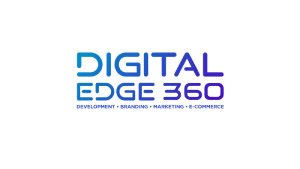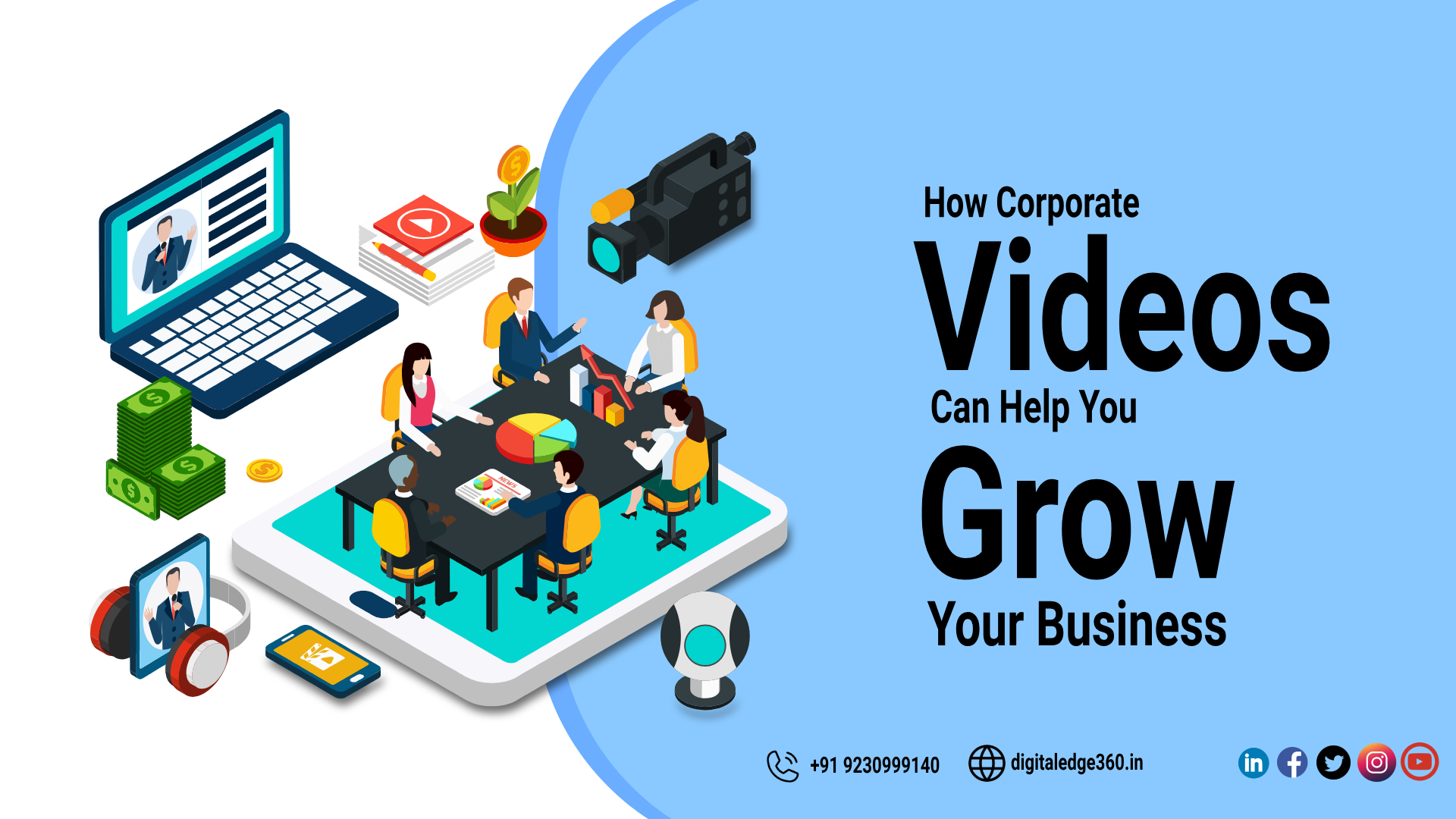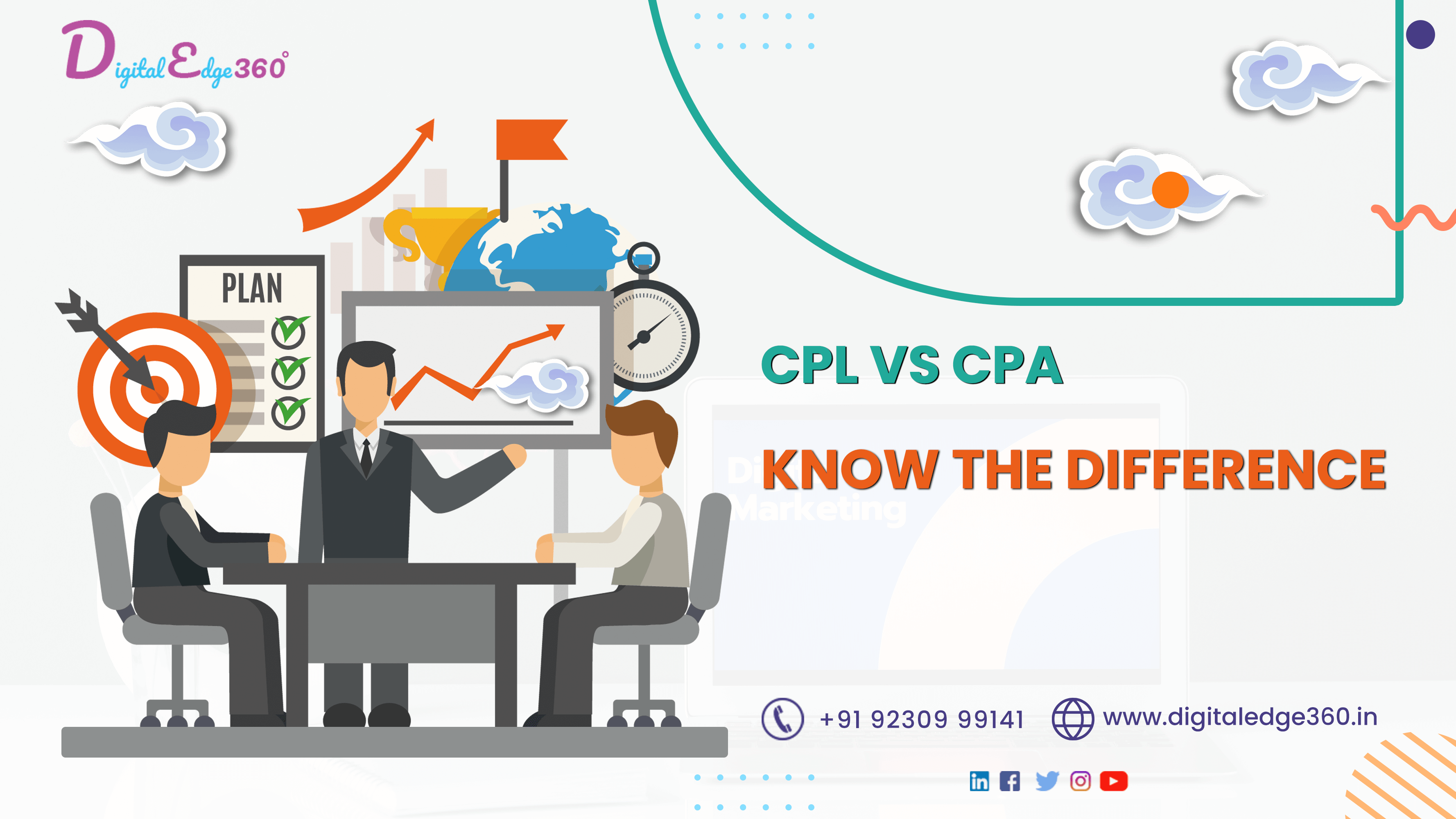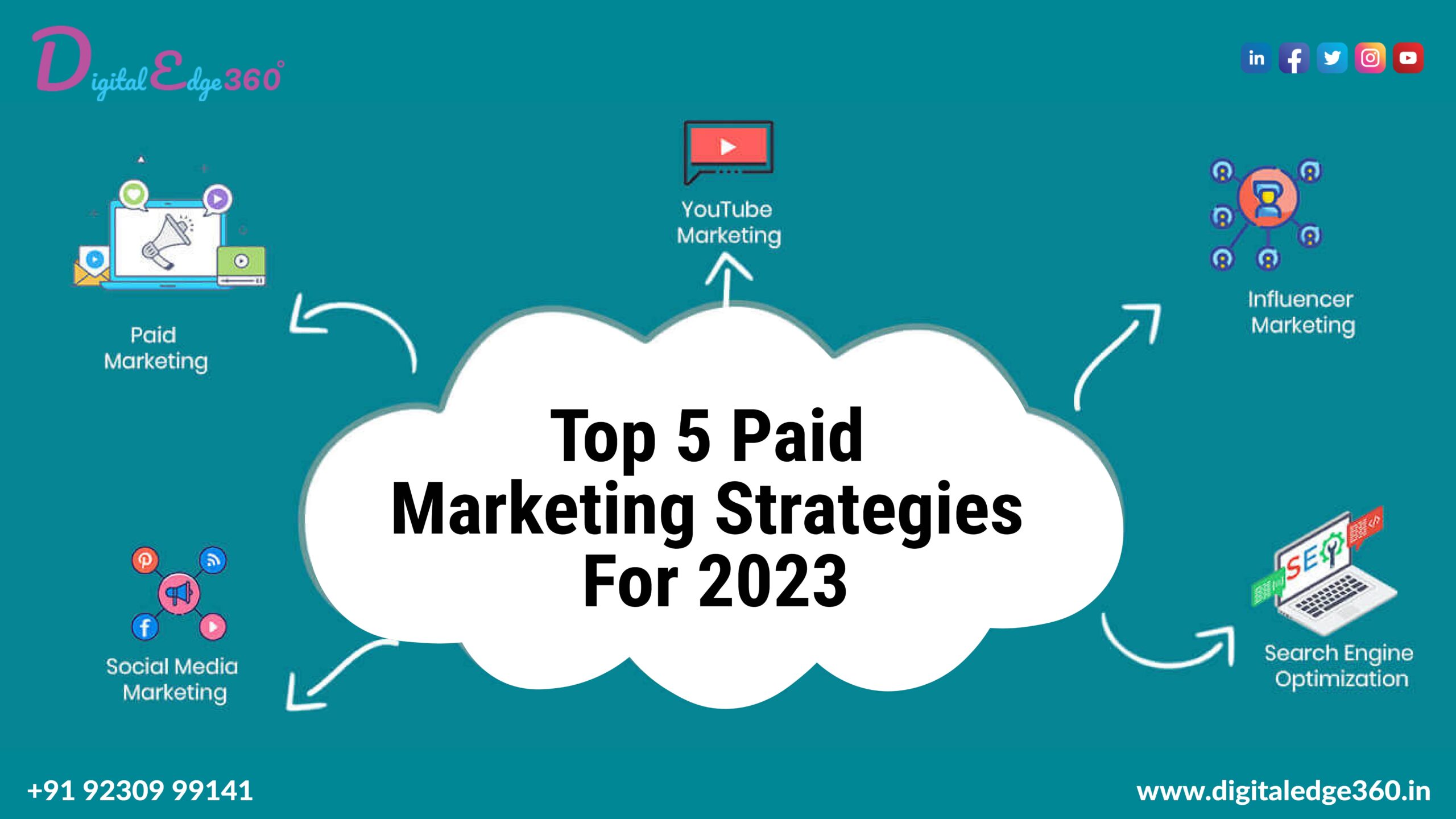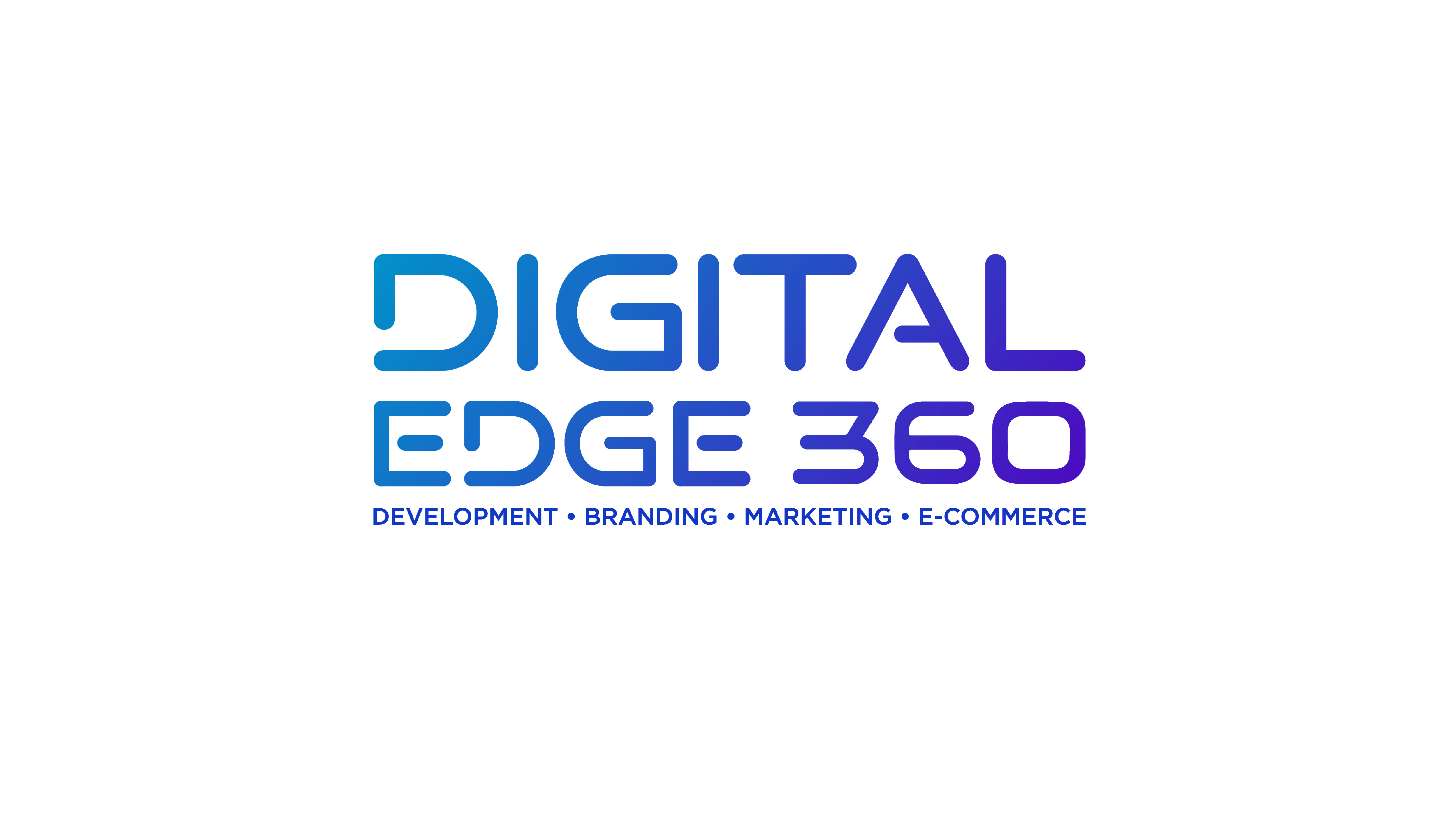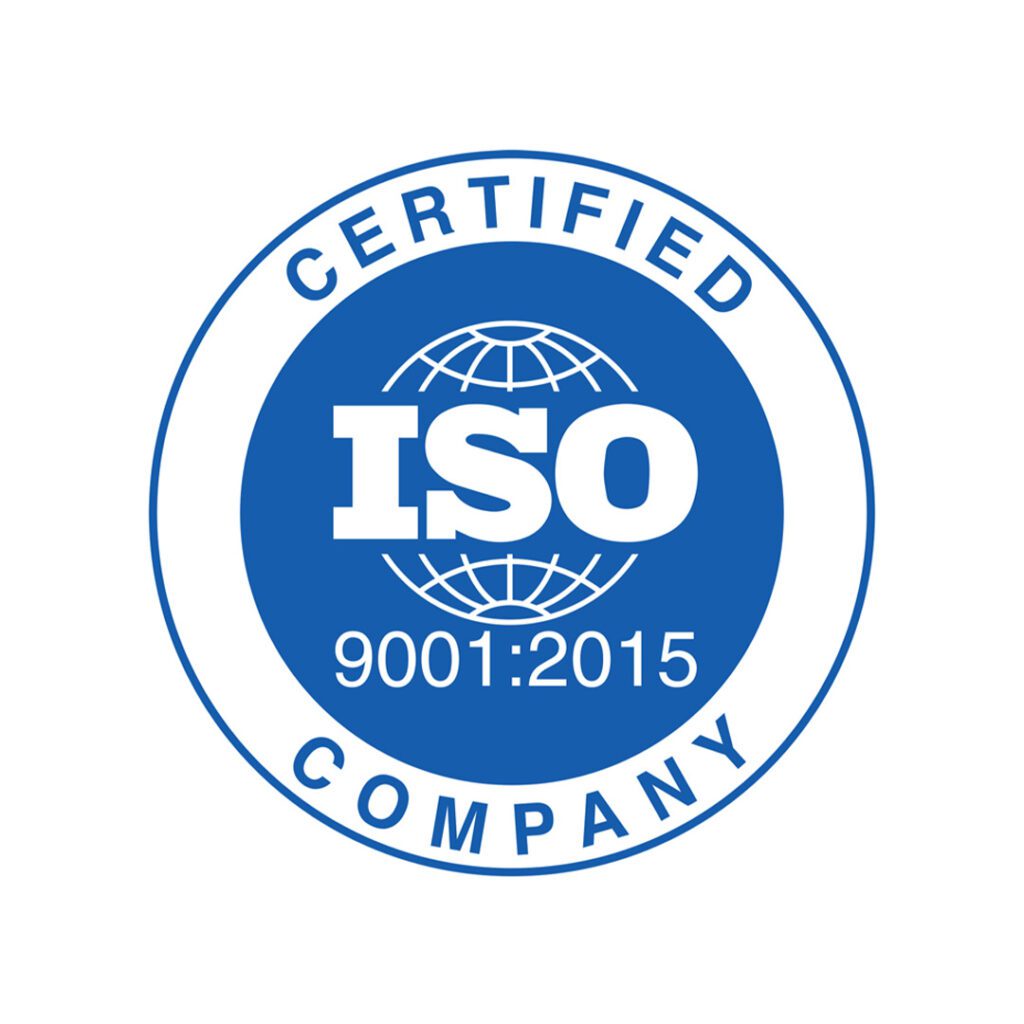How have you been treating your websites all these years? Are you providing relevant information with a great user experience? Do you have a good traffic flow?
The reason behind these many questions is that Google uses various ranking factors to assess your websites, leading to SERP (Search Engine Result Page) visibility – among which is the core web vitals ranking factor.
Improving and measuring your core web vitals can help you craft the right experience for your users alongside meeting Google’s SEO standards.
So, what exactly do we mean by “Core Web Vitals?” And how are they a factor for SEO services?
Why Core Web Vitals Are Important?- An Introduction and its Impact on SEO services by using Google Web Analytics
Just like you have your smartwatch to check your body’s vitals, Google, too, has its own set of core web vitals indicating the health and vitality of existing websites.
The three Core Web Vitals metrics are:
- Largest Contentful Paint (LCP)
This metric measures visual load with the largest contentful paint. The largest element can typically be an image, video, or even a large block-level text element.
- First Input Delay (FID)
This metric measures the interactivity of the website with the First Input Delay. It means the time when any website visitor first interacts with the page to the responding time of the browser.
- Cumulative Layout Shift (CLS)
The metric measures visibility with Cumulative Layout Shift (CLS). It is the sum total of each individual layout shift score – a measure that tells how much a webpage may unexpectedly shift during its lifetime.
The next obvious question that bulbs out is how do we check these vitals?
Well, the easiest way to check your site’s metrics is by using Google Search Console. You can quickly know whether your web has “poor URLs,” “good URLs,” or “In need of improvements.”
A distinguishable factor that arises here is that mobile signals are leveraged for mobile rankings, whereas desktop signals are used for desktop rankings. With SEO altering its ranking factors every now and then, can you imagine that there are now more than 200 ranking factors that marketers need to be versed with?
For any SEO service, we know it deals with visibility and ranking websites and content. User Experience or Page Experience is one of the essential ranking factors for Google. Good customer experience include:
- HTTPS encryption for each of your pages
- Mobile friendly
- Lack of pop-ups
- Minimalistic load speed
- Enhanced visual stability with greater interactivity.
So, by ensuring your website meets all these standards, you can boost your ranking and performance, which is ultimately a winning factor for search engine optimization.
Improving Core Web Vitals Ranking Factor
With continuous updates and changing algorithms in Google, is improving core Web vitals worth the investment?
Well, if your site is exhibiting poor scores, Core Web Vitals can always be a handy advantage that can protect your sites, enhance your page experience, and increase your rank.
- Assess the Site’s Performance more often
When was the last time you analyzed your site’s performance?
Was it last week?
That’s something experts wouldn’t really suggest.
Our experts always recommend evaluating your site’s performance on a regular basis and suggest changes whenever necessary.
Use Google Search Console that can seamlessly help you figure out your page responsiveness. As mentioned earlier, it shows your URL performance categorized under status and metrics type and rating them accordingly. Google Search Console provides an insightful report to help site owners with passages for improvement.
- Make Use of Cache Tools
Loading speed below 3 helps enhance page experience. You can accomplish this by caching your content.
With a handful of caching plugins available, if you are a WordPress user, the best options for you are WP Rocket, WP Fastest Cache, W3 Total Cache, and many more. These plugins reduce your loading speed and quickly boost your page’s performance.
- Execute the concept of Lazy Loading
Come on; we know how important it is to display images and videos on your websites. And we also know how crucial it is to optimize your site to load faster and to have a better user experience.
Here comes a skillful tactic termed “lazy loading.” It is a step where the images load only when users scroll through that particular section. Lazy loading is quite a masterstroke as it doesn’t harm the core web vitals score and keeps your UX up to the mark.
Some benefits of lazy loading include:
- It limits bandwidth usage
- It Improves the site’s performance and fastens page speed
- It is a boon to SEO services for your site
- It successfully reduces bounce rates
- Optimize Your Site Images
A widespread thing, developers practice this more often as this is the prime go-to option when the page speed decreases or loading time increases. Optimizing images and videos for websites is definitely a tranche of work.
Optimizing your content can lighten your website significantly. It will gradually ease your loading speed, LCP score, UX, and SERP rankings. Some other tips you should try involve using jpg formats for landscape images, png for graphics.
It is also required to activate Content Delivery Network for images before compressing your content.
Summary
Although Core Web Vitals ranking factors might seem less important now than before, it is a prime aspect from the point of SEO services. The more the page experience, the better the engagement.
While we’re ensuring you have the basic idea of core web vitals, if you’re still interested in digging in deeper, Digital Edge 360 is just a mail away. Having a website and wanting to stay atop Core Web Vitals, our expert team can mend the best strategy for your website’s SEO success.
